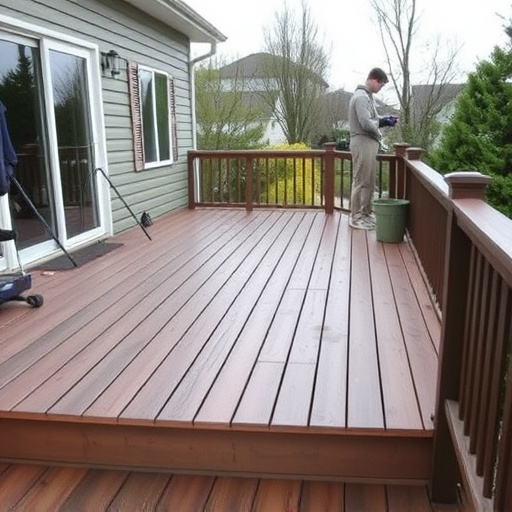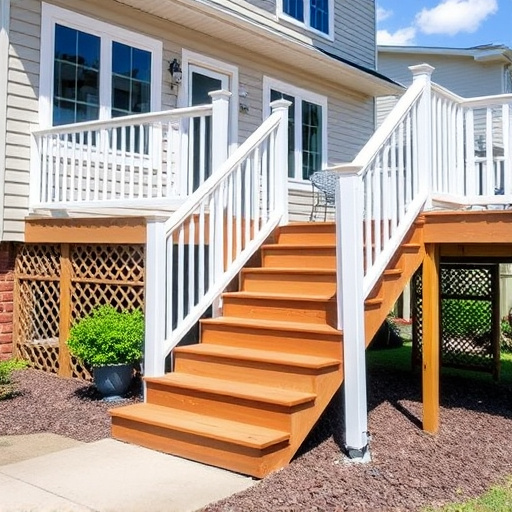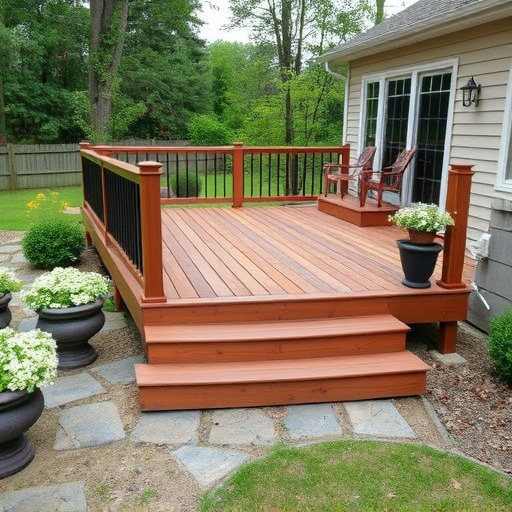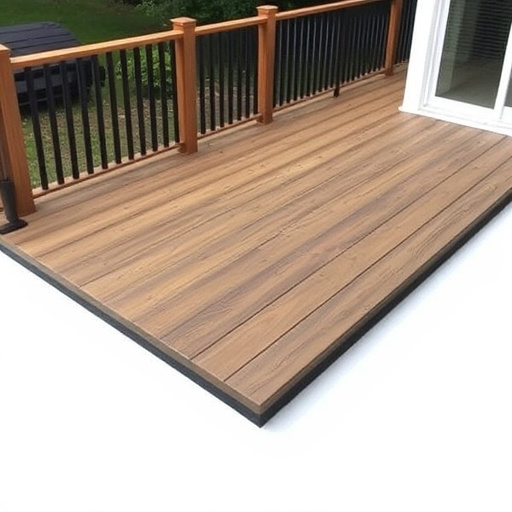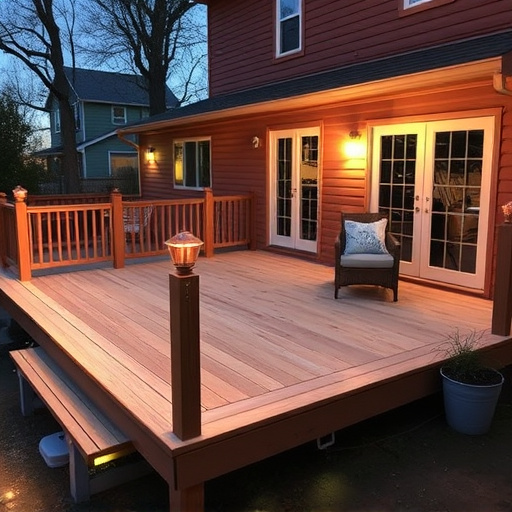Thoroughly inspect decks for damage regularly to preserve aesthetics and lifespan. Sanding prepares older surfaces for better stain/sealer absorption, with grit 100-150 ideal. Staining fixes minor issues, while resealing offers extended protection against environmental damage. Deck maintenance choices depend on condition and desired outcome, balancing cost, time, and durability.
“Maintain your deck’s beauty and longevity with our expert guide on deck surface care. Understanding when to sand, stain, or reseal is key to optimal deck maintenance. Assess any damage and wear, then decide based on your deck’s current state. Sanding improves grip and prepares the surface for new finishes. Staining adds color and protection, while resealing creates a protective barrier against moisture. Choose the right treatment at the right time for a vibrant, long-lasting deck.”
- Assessing Deck Damage and Wear
- When to Sand for Optimal Results
- Choosing Between Staining and Resealing
Assessing Deck Damage and Wear

Before deciding on any deck treatment, it’s crucial to assess the extent of damage and wear. Regular inspection is key to early detection; look for loose or damaged boards, cracks, rot, or peeling stain. These signs indicate that your deck may need more than just a good cleaning – it might require sanding, staining, or resealing. The frequency of these maintenance tasks varies depending on factors like climate, foot traffic, and exposure to elements, making professional siding evaluations essential for both residential and commercial settings alike.
Consider the type of surface as well; wooden decks naturally fade and weather over time, while composite materials may have different care requirements. Regular deck maintenance, including cleaning, sealing, and staining, not only preserves the aesthetics but also prolongs its lifespan, ensuring your outdoor space remains a vibrant and functional area for years to come, whether it’s for private residential use or high-traffic commercial spaces.
When to Sand for Optimal Results

When deciding whether to sand your deck surface as part of your regular maintenance routine, it’s crucial to consider its current state and age. If your deck is new or has been recently stained, sanding might not be necessary. However, over time, a deck’s finish wears down, allowing moisture to penetrate the wood, which can lead to rot and deterioration. This is when sanding becomes essential in preparing the surface for re-staining or sealing.
Optimal results are achieved by sanding decks that have shown signs of aging or damage, such as faded or peeling finishes. Using the right grit sandpaper (typically around 100-150) and a power sander or hand sander, gently remove the old finish, smoothing out any rough spots. Remember, thorough cleaning after sanding is vital to ensure no debris remains, which could affect the new stain’s adhesion. Proper deck maintenance, including regular sanding, is key to preserving the beauty of your outdoor space, whether it’s a residential or commercial setting with roofing and siding needs.
Choosing Between Staining and Resealing

When deciding between staining and resealing your deck, consider its current condition and desired outcome. Staining is an excellent choice if your deck has minor scratches, fades, or stains that don’t affect its structural integrity. It enhances the wood’s natural color and can fill in existing spots to create a uniform appearance. This process is relatively quick and cost-effective compared to resealing.
On the other hand, resealing is ideal for decks with significant wear and tear, such as deep cracks or rough surfaces. It provides an extra layer of protection against moisture, UV rays, and environmental factors, extending the deck’s lifespan. Resealing can transform a worn-out deck, restoring its beauty and adding years to its durability. While it may involve more time and investment compared to staining, siding services and roofing solutions professionals recommend resealing for long-term deck maintenance.
Proper deck maintenance is key to preserving your outdoor living space. By regularly assessing damage, understanding when to sand, and choosing between staining or resealing, you can extend the life of your deck and enjoy it for years to come. Remember, timely intervention and the right products will make all the difference in maintaining a beautiful and durable deck surface.








